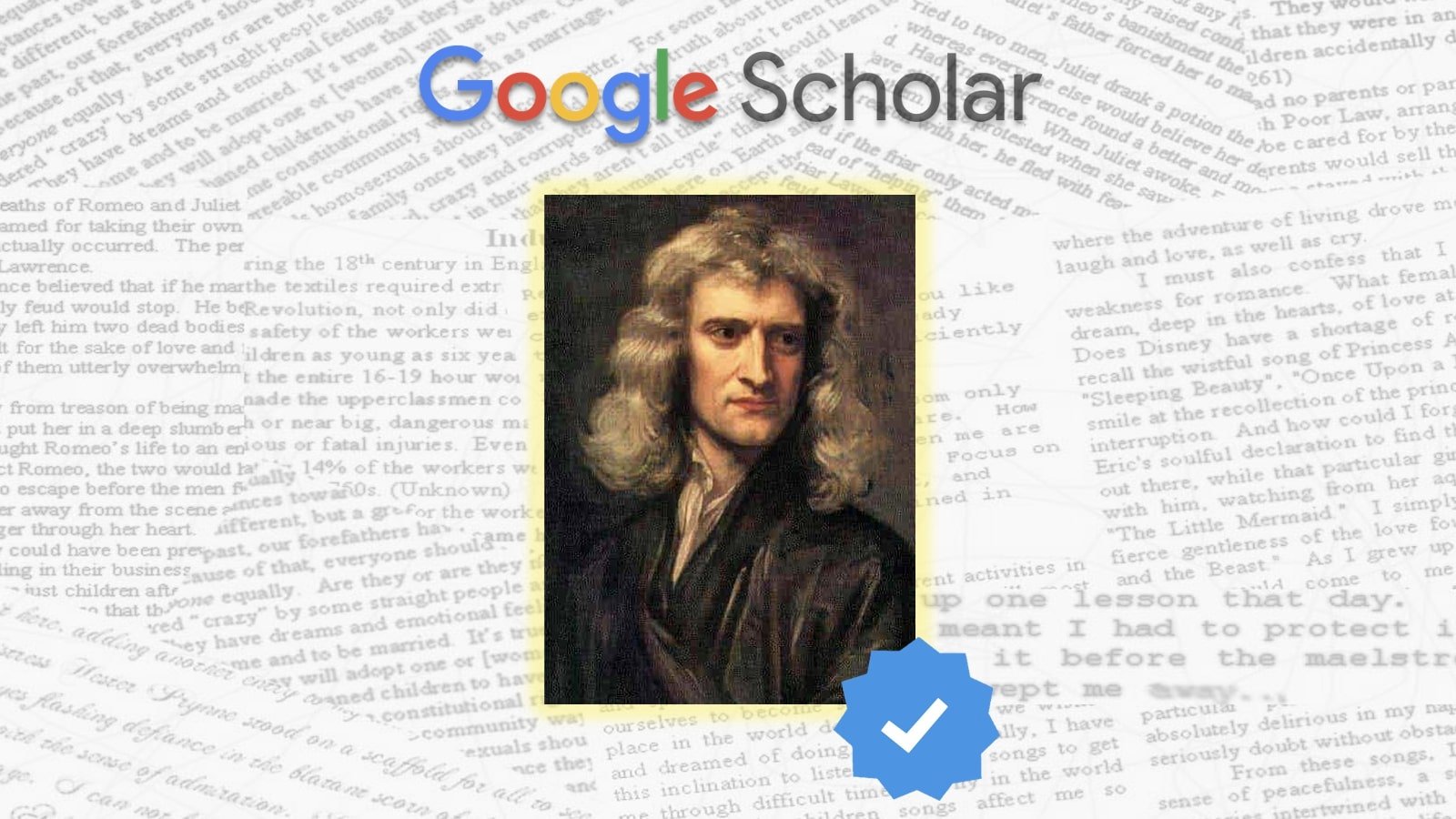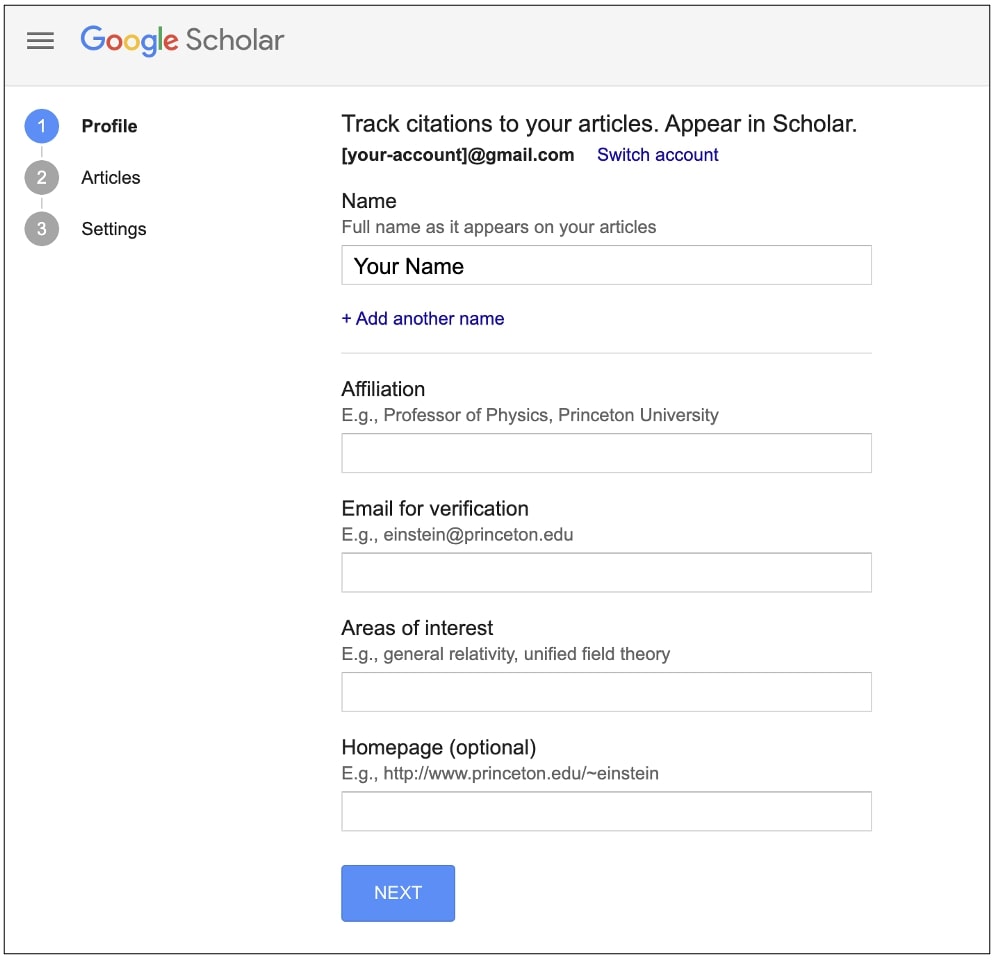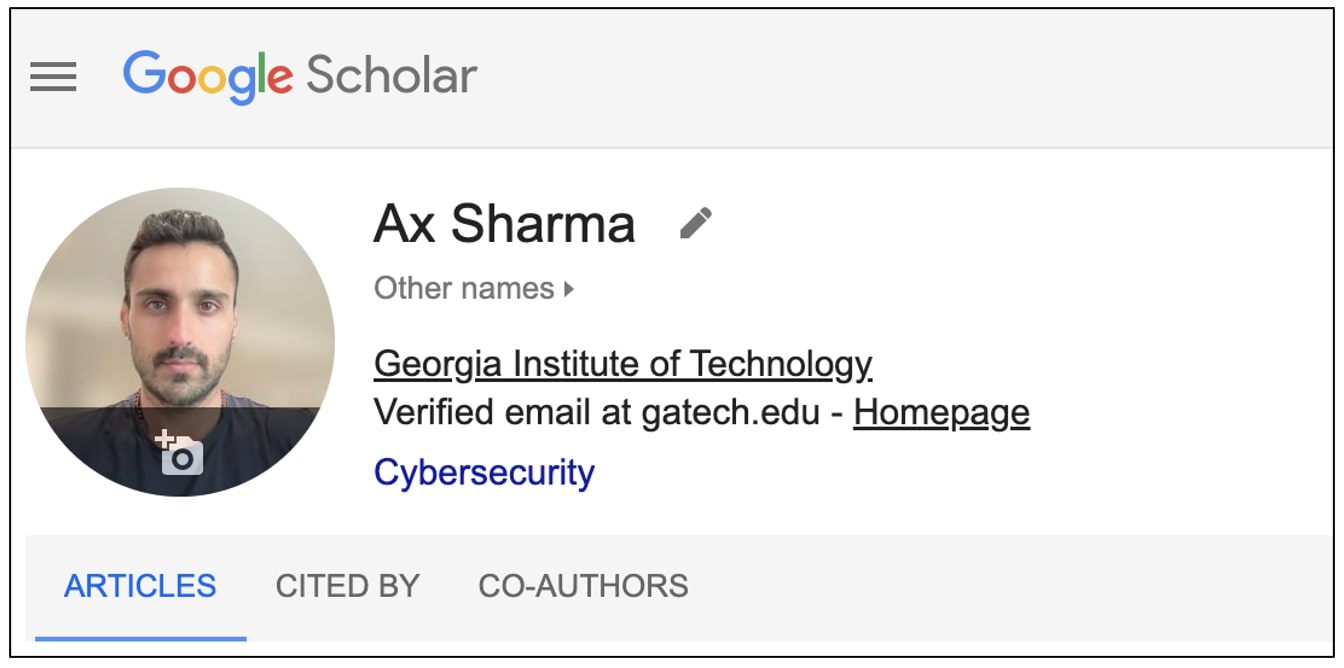Google Scholar has a ‘verified email’ for Sir Isaac Newton

It’s true: Google Scholar profile of the renowned former physicist and polymath, Sir Isaac Newton bears a “verified email” note.
According to Google Scholar, Isaac Newton is a “Professor of Physics, MIT” with a “Verified email at mit.edu.”
The mystery of ‘verified’ scholar Isaac Newton
Earlier this week, Jay Cummings, a math professor at California State University, Sacramento, and a published author steered everyone’s attention toward an interesting finding.
“Isaac Newton has verified his email on Google Scholar. And has recently picked up a professorship at MIT. Good for him,” read his social media post that garnered hundreds of thousands of impressions.
BleepingComputer confirmed that the Google Scholar profile for Newton indeed states that he has a “verified email” at the Massachusetts Institute of Technology (MIT) where he is described as a “Professor of Physics.”

Cummings remarked that Albert Einstein had “yet to verify his email,” referring to the late scientist’s profile on Google Scholar.
Einstein has yet to verify his email (eyeroll)pic.twitter.com/Z8GdM3b3AF
— Jay Cummings (@LongFormMath) October 14, 2024
Social media user Julius mocked, “he probably prefers letters,” in response to the subsequent post about Einstein.
Verified email is not verified identity
Like many viewers and commentators, we were left puzzled by Newton’s profile. How did this happen?
Does someone at MIT, perhaps an official representative manage Google Scholar profiles for former professors?
BleepingComputer contacted MIT and Google multiple times well before publishing but did not hear back.
We reckon however that creating an author profile on Google Scholar and “verifying” the email address for it may be more straightforward than it seems.
In recent times, “verified” profiles on social media platforms such as X (Twitter) and Meta‘s Facebook and Instagram have generated much buzz, particularly after platforms have steered towards pay-for-blue-tick models and with scammers abusing the opportunity to mislead people.
“Verified” social media profiles have traditionally been associated with the likes of elite, famous, or notable public figures, and as such, these are generally checked for authenticity by a team behind the scenes. The same goes for accounts that pay for a blue tick—ultimately, there is a team of humans (paired with technology) running some basic checks to ensure that the person on social media is who they claim to be.
It’s therefore understandable how the presence of the mere word “verified” on public profiles could be misinterpreted by some as a sign of the profile owner’s identity having been checked.
A Google Scholar profile, on the other hand, makes no claims of Google verifying the identity of the profile owner. Instead, profiles state that their email address has been verified and hosted at the said institution.
Tapping “Set up your Google Scholar Profile” on Google Scholar will present you with the following form:

This is where the author will enter their name, affiliation (position at an institution), citations, and preferably an email address that they can optionally verify—which is not much different from creating an account on any website.
To test this theory, I simply created a Scholar profile with my name, verified my Georgia Tech email address, and added some previous citations to the new profile.
There is no verification of identity involved here, just of the email address: an optional step that takes a few seconds once you get a confirmation link in your inbox.

In other words, to stumble upon a ‘verified email’ Google Scholar profile of a long-dead author isn’t as spooky or mysterious as it may seem.
Anyone employed at, or studying at MIT could have created a profile for the late Isaac Newton. Our only hope is that it was a university representative or, at the very least, a responsible person.











